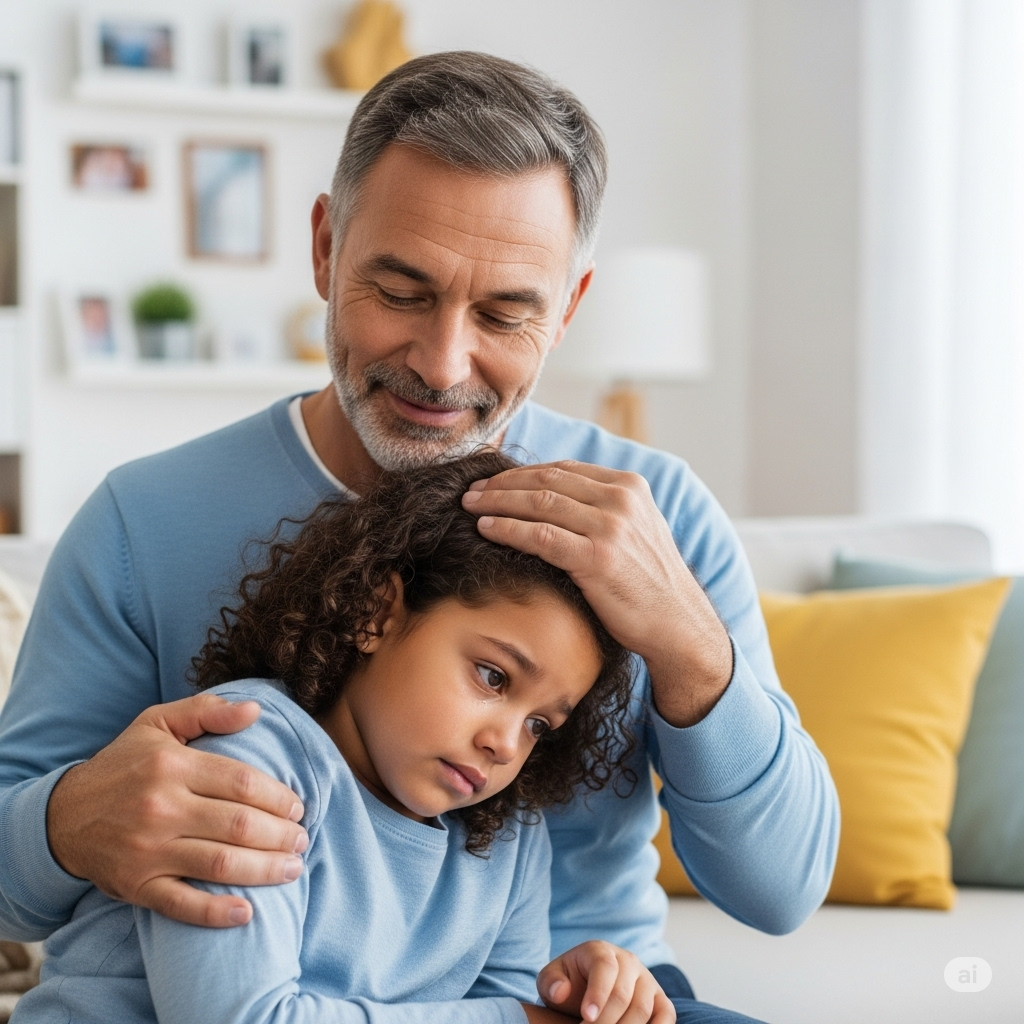Change is a constant in life—moving to a new house, starting school, welcoming a sibling, or even shifting from playtime to bedtime. For adults, transitions may seem routine. But for children, any change can feel overwhelming, confusing, or even scary.
Helping kids cope with change doesn’t mean shielding them from it—it means giving them tools, support, and confidence to face the unknown with resilience.
In this article, you’ll discover practical strategies to help your child navigate transitions—both big and small—with less stress and more security.
Why Transitions Are Hard for Kids
Children thrive on predictability. Changes disrupt what feels safe and familiar, which can trigger:
- Anxiety or worry
- Resistance and meltdowns
- Sleep disturbances
- Regressive behavior
- Anger or sadness
Even positive changes (like birthdays or vacations) can feel emotionally intense.
Understanding this helps us respond with empathy, not frustration.
1. Talk About the Change in Advance
When possible, prepare your child early. Explain what’s happening in simple, age-appropriate language.
Try:
- “We’re moving to a new house next month. Let’s look at some pictures together.”
- “Tomorrow is your first day at the new school. I’ll walk you in, and we’ll meet your teacher.”
- “After dinner, it’ll be time to clean up and get ready for bed.”
The earlier they know, the more time they have to adjust.
2. Validate Their Feelings
Change brings big emotions. Let your child express themselves without judgment.
Say:
- “It’s okay to feel nervous about this.”
- “You’re going to miss your old room. I understand.”
- “I know starting something new can feel scary. I’m here with you.”
Validation helps your child feel safe to feel—and that makes transitions easier.
3. Stick to Familiar Routines (Where Possible)
During periods of change, hold on to familiar habits:
- Regular meal and bedtime routines
- A favorite book or song at night
- Morning cuddles or walk to school
These rituals create emotional anchors—something stable your child can count on.
4. Use Visuals and Timelines
For younger children especially, visuals help them see what’s coming.
Try:
- Visual schedules (morning routine, bedtime steps)
- Countdown calendars for big events (e.g., “5 more days until we move”)
- Drawing the new environment together
- Storyboards showing what will happen
Visual tools reduce fear by increasing predictability.
5. Focus on What Will Stay the Same
Remind your child of what isn’t changing:
- “We’re moving houses, but our family is staying together.”
- “You’ll still have your favorite toys and your bedtime story.”
- “Your teacher will be different, but Mommy will still drop you off.”
This creates a sense of stability in the midst of uncertainty.
6. Involve Them in the Process
Children feel more secure when they’re part of the transition, not just onlookers.
Involve them by:
- Letting them pack their own box
- Picking out school supplies
- Helping decorate the new room
- Choosing a book about the topic
Participation gives them a sense of control.
7. Create a Goodbye Ritual
Saying goodbye helps bring closure, whether it’s leaving a place, a person, or even a daily activity.
Ideas:
- Make a goodbye card or drawing
- Visit a place one last time and take photos
- Say a “goodbye chant” when ending playtime
Rituals create emotional space for both grief and growth.
8. Offer Extra Reassurance and Connection
Change can make kids clingier, moodier, or more sensitive. That’s normal. What they need most is you.
Offer:
- Extra cuddles
- One-on-one time
- Calm tone and presence
- Verbal reassurance: “We’ll get through this together.”
You are their safe place in the storm.
9. Watch for Signs of Stress
Some kids may not verbalize their stress. Look out for:
- Trouble sleeping
- Increased tantrums or aggression
- Stomachaches or headaches
- Withdrawing or acting younger than usual
Respond with empathy, not punishment. These are signals—not misbehavior.
10. Highlight Growth and Strength
After the change has happened, reflect together:
- “Remember how nervous you were? And now you’re doing it!”
- “I saw how brave you were when we moved. That was amazing.”
- “You’ve grown so much since your first day of school.”
This builds confidence for future transitions.
Final Thought: Change Is an Opportunity to Grow
Transitions will always be a part of life. But with your support, your child can learn that change isn’t something to fear—it’s something to face, feel, and move through.
By staying close, listening well, and offering gentle guidance, you’re not just helping them handle this moment—you’re preparing them to handle every transition to come.
